Parafusos de alta resistência: projeto e instalação

Introdução A ABNT NBR 8800:2024 (Projeto de estruturas de aço e de estruturas mistas de aço e concreto de edificações) define como parafusos de alta resistência os parafusos ASTM A325 e ISO classe 8.8, e parafusos mais resistentes como ASTM A490 e ISO 10.9. Assim sendo, tais parafusos são comumente empregados em ligações principais de […]
Integridade Estrutural: o que é e como aplicá-la?
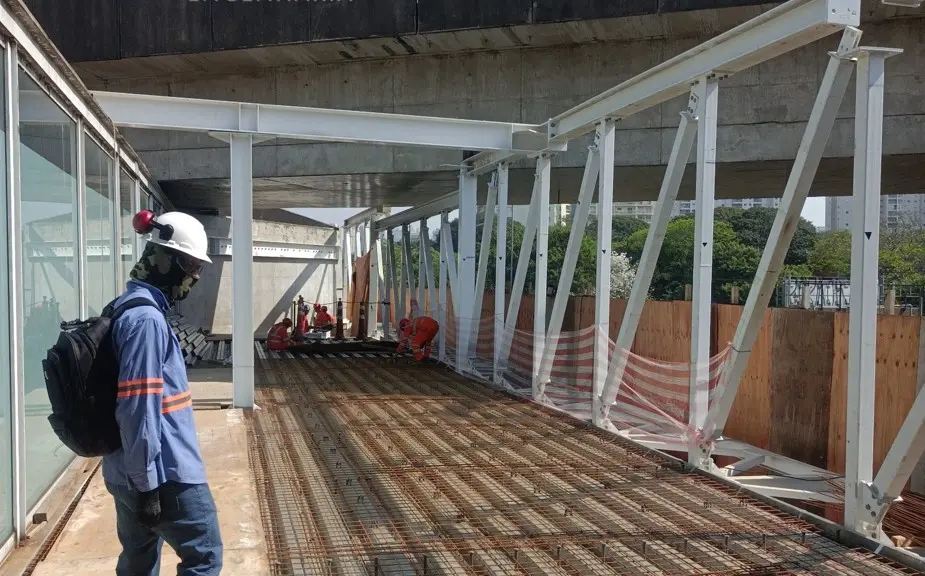
“Eu preciso começar uma jornada de integridade estrutural na minha organização, devido ao estado atual dos meus ativos. Mas por onde devo começar?” Esse questionamento surge com frequência no nosso dia a dia, geralmente vindo de técnicos, engenheiros, gestores, diretores e demais profissionais que têm a missão de manter a integridade estrutural de ativos e, […]
Medição de cargas atípicas em turbinas eólicas com o uso do Digital Twin

A Kot Engenharia foi responsável pela medição de cargas atípicas em turbinas eólicas de grande porte de um de seus clientes. Para isso, foi desenvolvido um Digital Twin para calcular condições de carregamento consideradas impossíveis ou muito difíceis. Nesse contexto, se a sua empresa atua no setor de infraestrutura, transporte ou obras de grande porte, […]
Verificação estrutural, mecânica e elétrica de empilhadeira: Case de sucesso

A Kot Engenharia foi responsável pela verificação da integridade estrutural, mecânica e elétrica de uma empilhadeira de bauxita de um de seus clientes. Para isso, o serviço em questão foi iniciado pela inspeção visual in loco e ensaios não destrutivos (ultrassom) em pinos de articulação, com o objetivo de verificar a condição geral do equipamento. […]
Certificação de Qualidade de Projetos
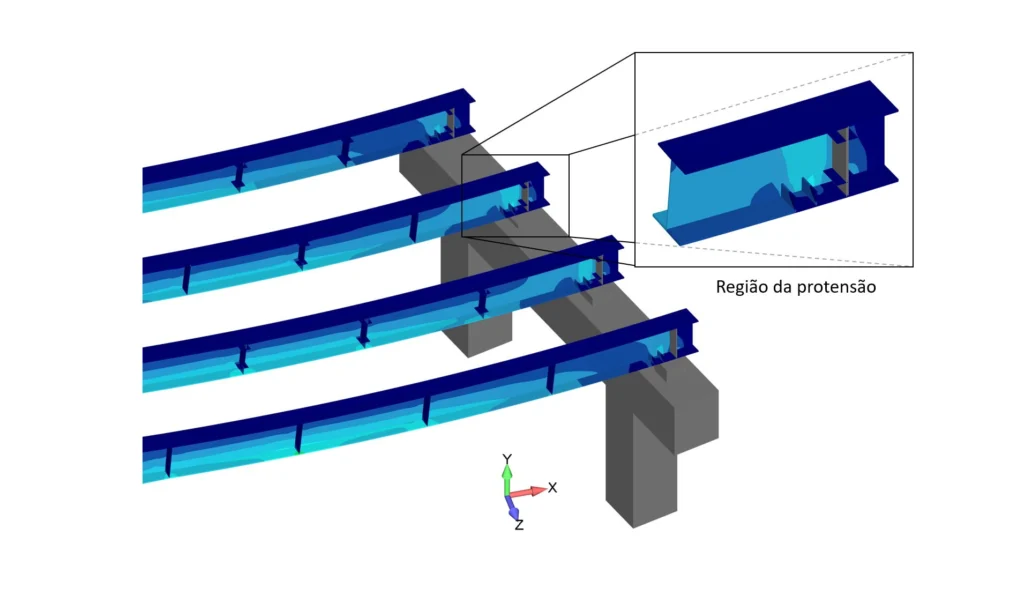
Se a sua empresa atua no setor de infraestrutura, transporte ou obras de grande porte, compreender a importância da certificação do Controle da Qualidade de Projetos (CQP) é essencial para garantir a segurança e a confiabilidade das estruturas. Além disso, a Kot Engenharia é referência nacional em integridade estrutural e soluções avançadas de engenharia. Continue […]
Projeto de recuperação estrutural de ponte offshore

Recuperação estrutural de ponte offshore com fundações danificadas: veja como cálculos estruturais garantiram estabilidade e segurança após colisão marítima.
Conheça a Inspeção Baseada em Risco (RBI)
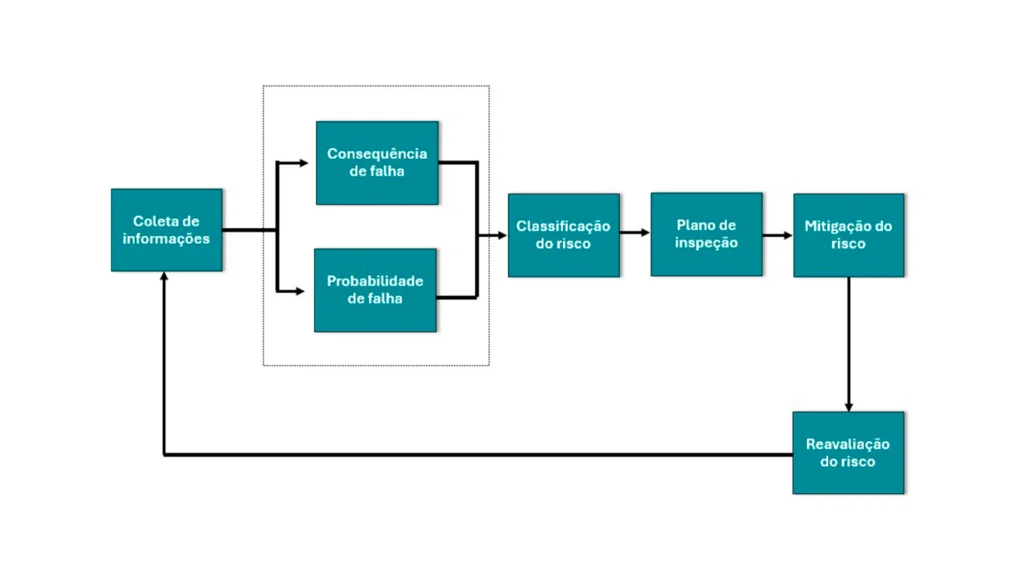
Saiba como a metodologia RBI contribui para a integridade estrutural, reduz custos operacionais e fortalece a gestão de ativos industriais com foco em risco.
Análise estrutural, mecânica e rebalanceamento mecânico de um virador de vagões: case de sucesso
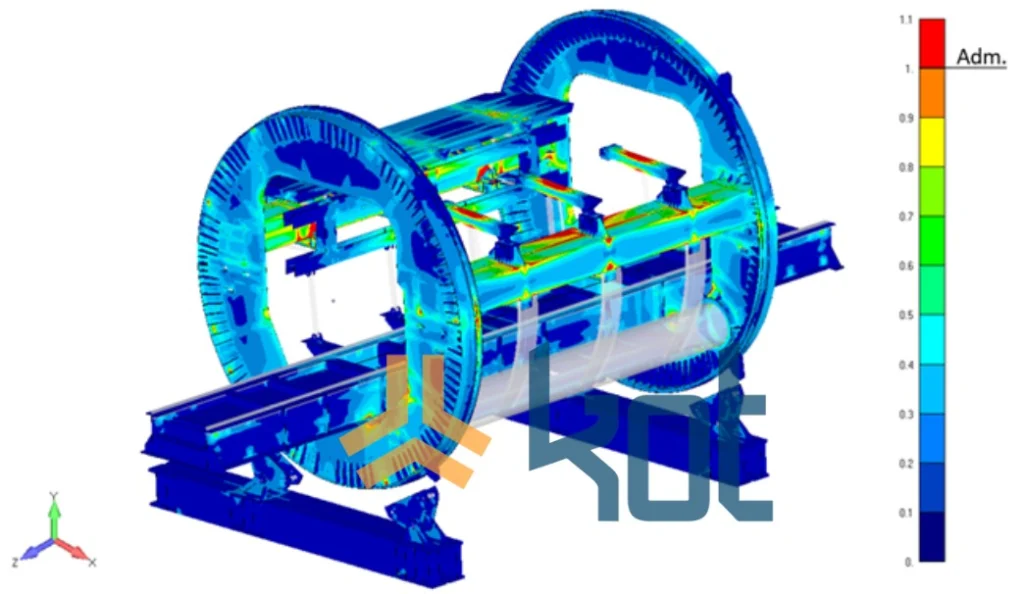
Estudo estrutural e mecânico de virador de vagões com MEF, rebalanceamento e ações corretivas para aumentar a vida útil e evitar falhas.
Integridade das estruturas portuárias: importância das defensas
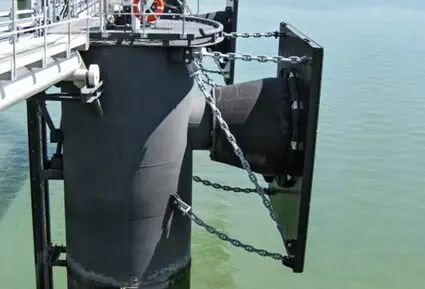
Entenda a importância das defensas na proteção das estruturas portuárias frente ao aumento do porte das embarcações modernas.
Gerenciamento de risco na indústria
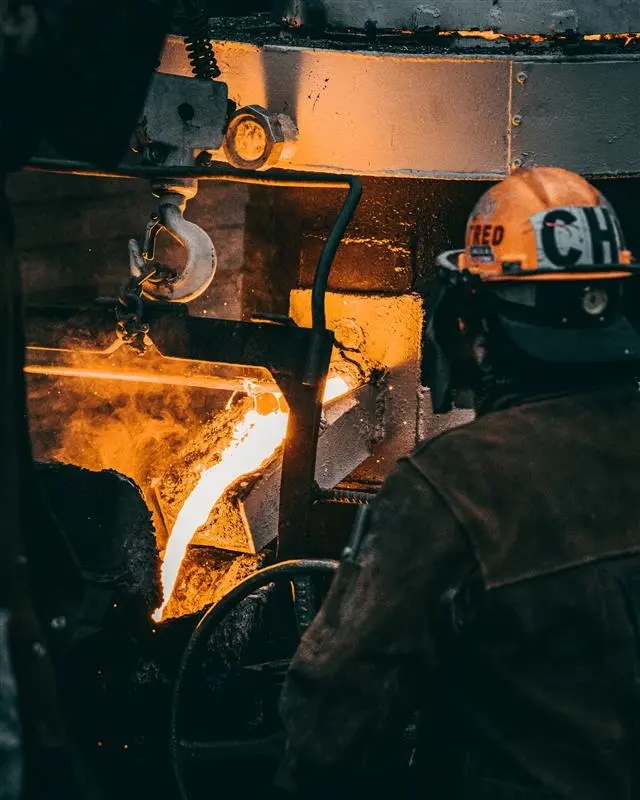
Gerenciamento de risco na indústria: identifique, analise e mitigue ameaças para garantir segurança, eficiência e continuidade operacional.